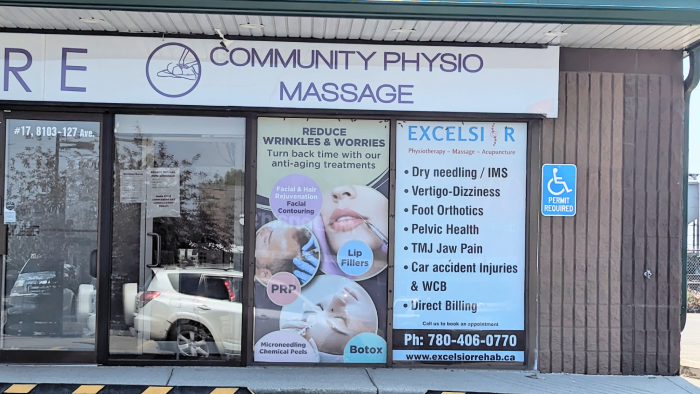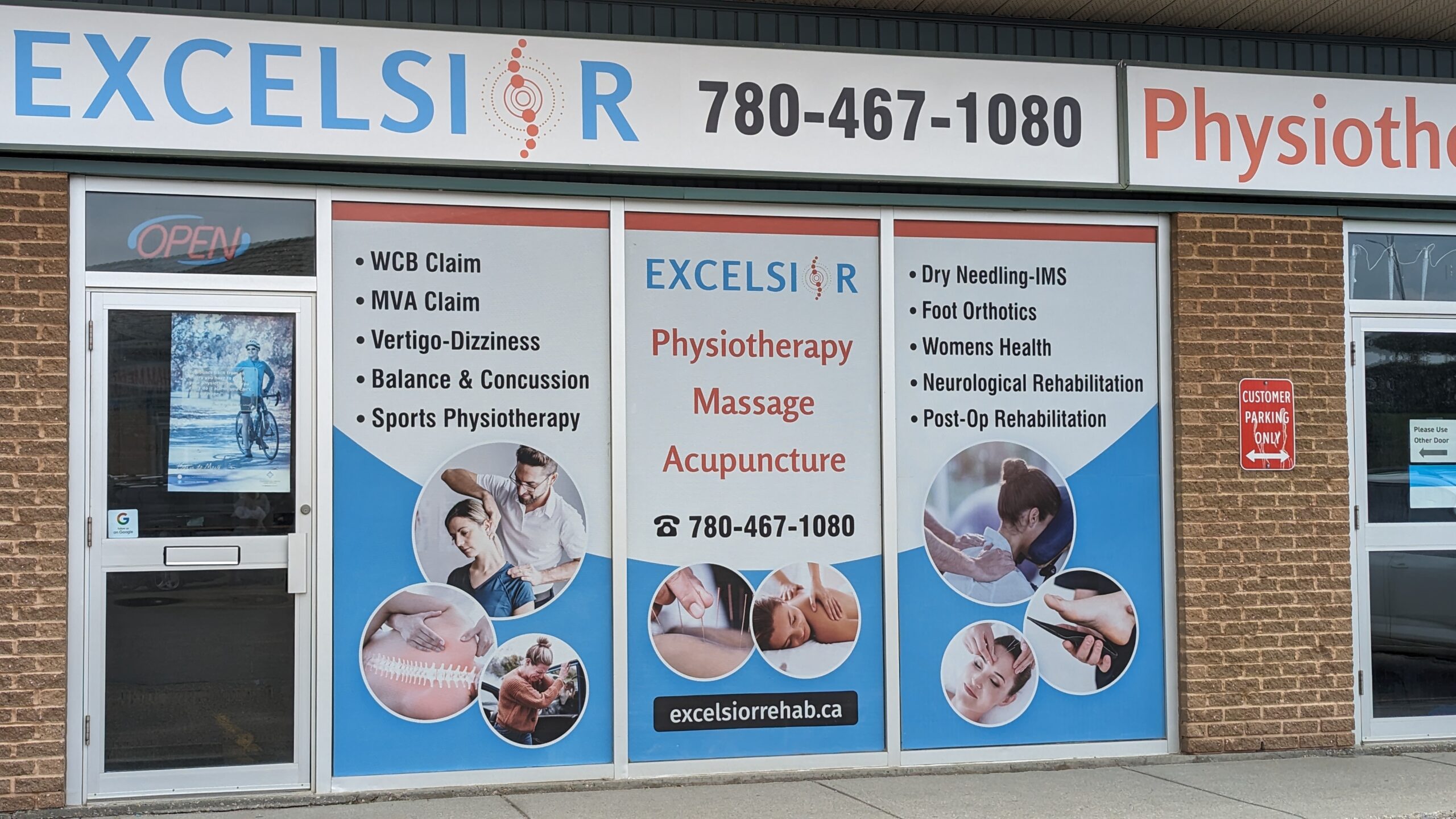LOWER BACK ISSUES
Home » LOWER BACK ISSUES
LOWER BACK ISSUES
LOW BACK PAIN
Lumbar pain or low back pain is one of the key reasons why people seek consultations with their physician. For people aged above 40, low back pain is the third major health issue after arthritis and heart issue, which require immediate medical intervention.
PIRIFORMIS SYNDROME
The pain develops in the buttock area and radiates towards the feet known as sciatica. The irritation of spinal nerves around the lumbar spine leads to sciatica. The irritation might be in the spine or below the knee. Another cause behind sciatica is piriformis syndrome, which is a painful condition but isn’t serious and doesn't require surgery. It can be managed easily with physiotherapy.
LUMBAR SPONDYLOLYSIS
Spondylolysis occurs when the bone ring present in the spinal column’s back side develops a crack. This low back condition protects your spine from getting fractured due to wear and tear or repeated strain. The region affected by this condition is usually called as pars interarticularis that causes pars defect condition.
LUMBAR SPONDYLOLISTHESIS
Usually the vertebrae bones are arranged one above the other while join us and ligaments offer excellent spine support. Spondylolisthesis changes your spine's natural alignment. During this condition, one bone of the spine slips to go below or above it. When the bone moves from its place, it affects the nerves and tissues near it causing extreme pain and irritation.
SPINAL LUMBAR STENOSIS
Spinal stenosis, as defined by the NASS or North American Spine Society, is a clinical condition of leg or buttock pain. Back pain may coexist with these symptoms or not. The spinal canal's nerves are squeezed or closed off in this disease. The hollow tube that the spinal column's bones make is known as the spinal canal. The nerves inside this bone tube may become compressed by anything that makes it shrink. The tissues become weak as a result of many years of use and repeated activity on the components of the spine.
JOINT ARTHRITIS IN THE LUMBAR SPINE
Significant low back discomfort may be caused by arthritis in the lumbar facet joints. The facet joints connect each vertebra together and are positioned along the back of the spinal column. The surfaces at these joints' intersections are covered in articular cartilage. The lumbar facet joints may develop arthritis, just as other articular cartilage-covered joints in the body.
LUMBAR DISC HERNIATION
The disc that is herniated does not truly slip out of place, despite the fact that people frequently refer to a disc herniation to be a slipped disc. The term "herniation" actually refers to the material in the disc's center being forced outside of its usual space. The age range of this condition's primary victims is between 30 and 40.
LUMBAR DEGENERATIVE DISC DISEASE
The lower spine's intervertebral discs can frequently be responsible for low back discomfort. However, there are other potential reasons for low back pain, and symptoms aren't usually frequently recognized by medical professionals.
ADULT DEGENERATIVE SCOLIOSIS
When viewed from the front or the rear, a typical, healthy spine will be straight. The normal spine has a mild S curve to it when viewed from the side.
SPINAL COMPRESSION FRACTURES
The most typical type of fracture affecting the spine is a compression fracture. A vertebral compression fracture results in the height of the bone collapsing.
SACROILIAC JOINT DYSFUNCTION PATIENT GUIDE
Mechanical low back pain can have a number of different origins, one of which is a painful Sacroiliac (SI) joint. Because it is frequently still unknown why this joint becomes painful and causes low back pain, the pain linked with this joint is referred to as a "dysfunction" of the SI joint. The majority of those who have this issue may control it and lessen their pain with physiotherapy.
SACROILIAC JOINT INJECTIONS
Sacroiliac (SI) joint injections serve largely as diagnostic procedures, assisting your doctor in determining the origin of your back pain. If you experience chronic pain in your SI joint, they may also be utilized to provide short-term pain relief. However, neither the injections nor the pain relief they may offer over time. These injections temporarily reduce pain by numbing the ligaments and the SI joint by injecting it with an anesthetic drug.
SPONDYLOARTHROPATHIES
The spine can be impacted by a wide range of rheumatological illnesses. A rheumatological disease, such as the reasonably well-known rheumatoid arthritis, is a condition that affects the entire body as a whole rather than just one joint. Spondyloarthropathy is the term used to describe the condition that results when a rheumatological disease affects the spine. Spondylo, arthro, and pathos are three Greek words that translate to "vertebra," "joint," and "disease," respectively.
SACROILIAC JOINT DYSFUNCTION
One of the more frequent reasons of mechanical low back pain is a sore sacroiliac joint. It is unknown why this joint gets uncomfortable and causes low back pain, leading to the disorder is known as sacroiliac (SI) joint dysfunction. While sacroiliac joint dysfunction might be inconvenient, it is rarely harmful and necessitates surgery. Most individuals with this issue can control it and lessen their pain using simple techniques.
SACRAL INSUFFICIENCY FRACTURES
A wedge-shaped bone that is a component of the pelvis is the sacrum. The pelvic girdle receives the body's weight through it. As the name implies, sacral insufficiency fractures happen when the sacral bone's capacity to withstand the strain of weight bearing has declined. The bone has weakened and lost some of its underlying support. The majority of sacral insufficiency fractures in older women are caused by osteoporosis.
YOUR SPINE AND NUTRITION
You become what you consume. Is that just an amusing phrase, or does it have any truth to it? When one thinks about diet, the spine might not be the first thing that comes to your mind, but it ought to. In order to maintain a healthy spine, nutrition is crucial. When we are afflicted with a variety of spine diseases, proper diet also aids in reducing discomfort and limiting our ability to function. This guide will help you realize the importance of adding fatty acids, vitamins, amino acids, and minerals in your diet.






